What is the difference between black tea, oolong tea, green tea, white tea, yellow tea and Pu'er tea?
According to Mary Lew and Robert J. Hayes in the Tea enthusiast's Handbook: the World's Best Guide to Tea, there are more than 20,000 different kinds of tea in the world. But if you are interested in learning about specialty teas, you can start with the following six teas.
So make your own cup and get ready to learn the difference between matcha, oolong tea and English breakfast.
Six kinds of tea
However, before you begin to explore the world of tea varieties, you need to understand the main categories of tea: black tea, oolong tea, green tea, white tea, yellow tea and fermented / Pu'er tea. This is the first question that the tea merchant or shop assistant will ask you when you go to buy tea. More importantly, it has a great influence on the taste of tea and the ideal brewing temperature.
These categories can be attributed to oxidation.
Coffee roasters will understand the word "oxidation" as Maillard reaction, but this is very different from tea. A chemical reaction that yellowes tea leaves and increases aroma and flavor-according to theaflavins and lycopene mentioned by Tony Gibley in the World of Tea / Tea: user Guide.
Geely explained that theaflavins can increase vitality, brightness and yellow. Thearubin increases depth, body color and red.
This process can be stopped, encouraged, or otherwise controlled to affect the last cup of tea. Let's look at the different ways in which this happens.
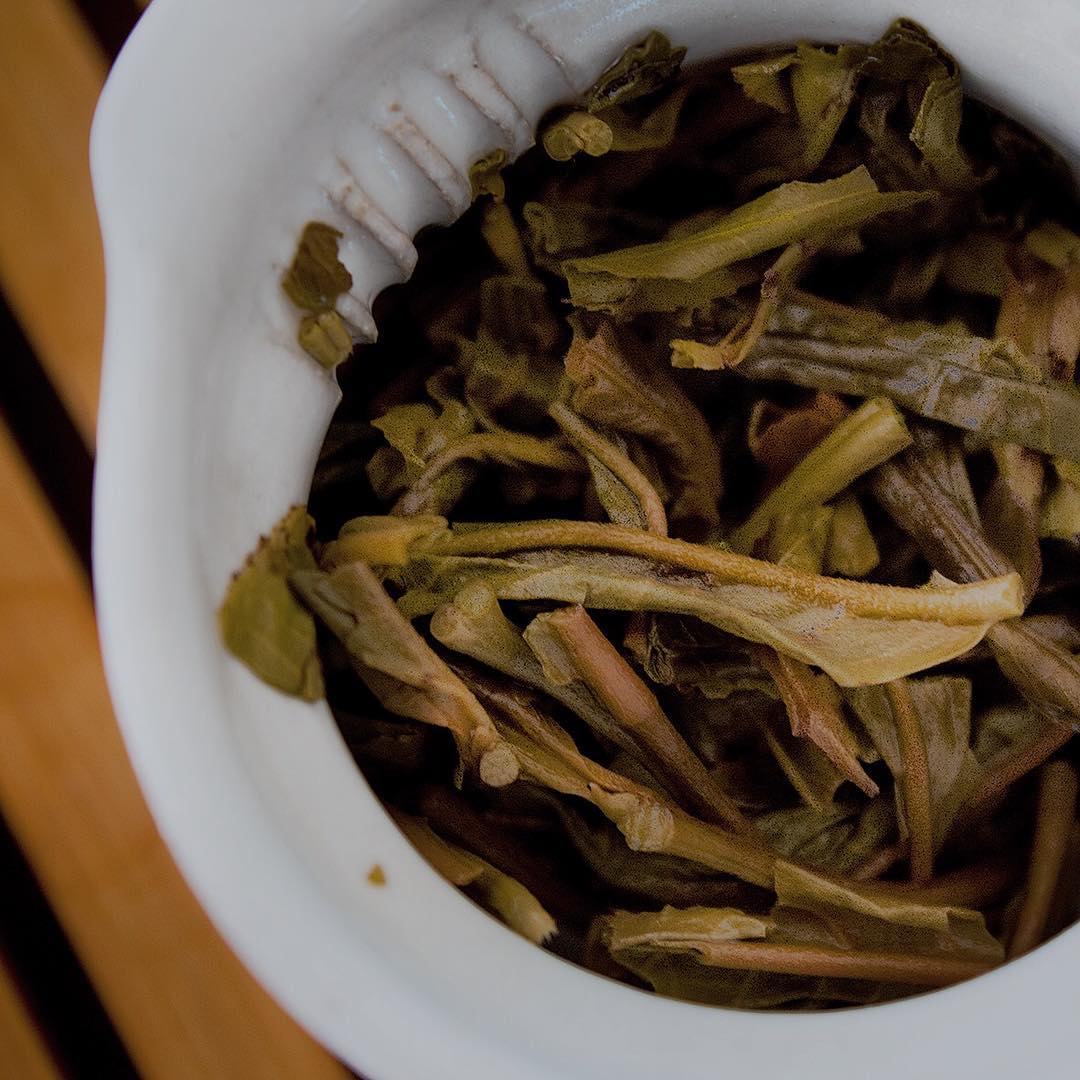
Black / black tea
Black tea has the highest degree of oxidation of all teas. 哈斯木 Ali, the boss of Waterloo tea and founder of tea Brewers Cup, told me that in the Chinese market, black tea is called "black tea". The moment the leaves are picked, they begin to wither and oxidation begins. They are usually crushed or crushed to speed up the production process.
Full-bodied, with rich depth and body. As the most oxidized tea, you can also brew it at the highest temperature. 哈斯木 Ali recommends 95-100 ℃ / 203-212 ℉. Just like coffee, the higher the temperature, the more bitter the coffee tastes.
The most famous black teas include English breakfast blended tea and Gray Earl Grey Tea flavored with bergamot.
Black tea is also the most widely consumed tea in the western world, and has a specific local tea tradition. These include India's chai, made with black tea with milk and spices, and Britain's tradition of iced milk and sugar-which puzzles the rest of Europe.
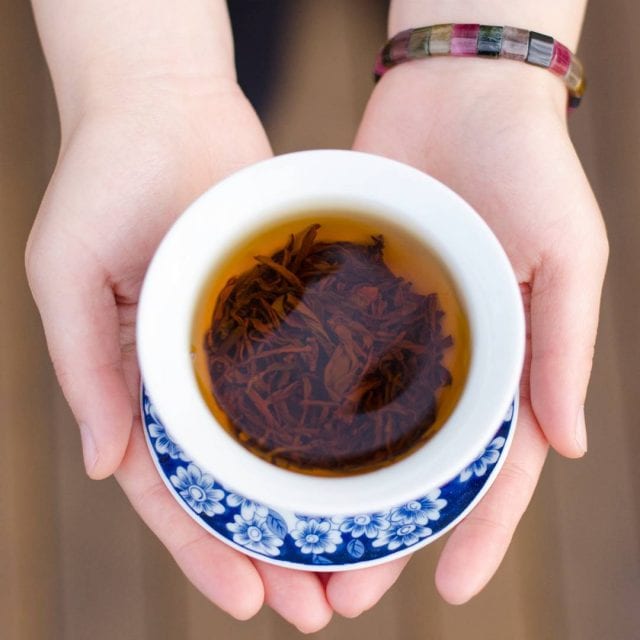
Oolong Tea
The only difference between oolong tea is its name. Oolong is the most recognized Chinese character in western countries, but linguists will say that Oolong is a more accurate Romanization of the original Chinese characters.
Oolong tea is also probably the most widespread type of tea: according to Max Falkowitz in his book serious Diet, oolong tea has an oxidation level of between 8% and 85%. This means that you will also encounter very different tastes.
All oolong tea processing begins with some form of oxidation promotion, such as scraping the edges of leaves. It also ends in a "fixed" form, and the oxidation process is suspended. This can be a pan, steaming, baking, or other way to increase calories. However, Geely points out that due to different oxidation levels, the process between initial oxidation and immobilization will also be different.
When brewing, 哈斯木 recommends that moderately oxidized teas should be brewed at 85 ℃ / 185 ℉, while less oxidized teas should be brewed at 80 ℃ / 176 ℉.
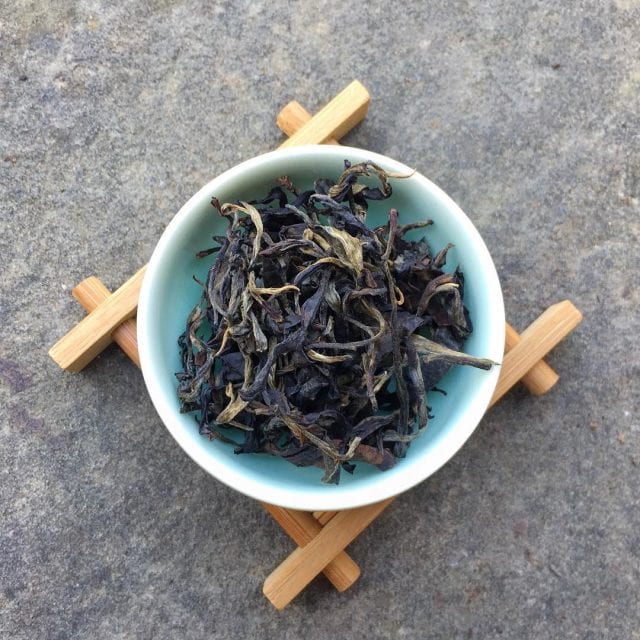
Green Tea
Green tea is only slightly oxidized. After the initial withering, the leaves must be fixed quickly. This will make the tea taste lighter and lose its flavor faster than black tea or oolong tea.
Although related to Asia, there are significant differences in the products offered by different Asian countries. First, Mary Lou and Robert J. Heiss stressed that green tea tastes very different in China and Japan due to different varieties and soils (Tea enthusiast's Handbook: the World's Best Tea Guide).
Then you know how green tea is processed, prepared and brewed. This gives rise to categories such as fried tea, matcha, Longjing tea and Biluochun.
Powdered matcha is probably the most famous green tea, thanks to Starbucks' Matcha latte. It is the highest quality green tea in Japan and is ground into powder (which means it will soon go bad). Drink in the traditional Japanese tea ceremony.
Ali suggested brewing Chinese green tea at 75 ℃ / 167℉, but Japanese green tea at 65 ℃ / 149℉. He added: "some Japanese green vegetables are brewed at temperatures close to 50 ℃ (122 ℉)."
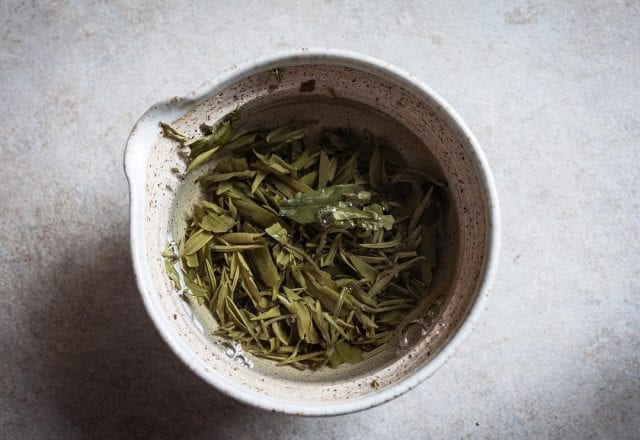
Yellow tea
Yellow tea is a kind of little-known but precious tea produced in China. It is similar to green tea, but goes through an additional yellowing stage. Kerri Shadid explained in the Daily Tea that after repair, the tea will be wrapped in cloth, which causes slight oxidation to occur again. Then slowly dry the tea with charcoal and fix the tea for the last time.
Shadid described the drink as "more fragrant and more 'mature' and not as" astringent "as green tea. She recommends soaking in water of 170-180 ℉ (77-82 ℃) for one to three minutes.
South Korea also produces a kind of tea called "yellow tea", but many tea experts think it is different from Chinese yellow tea.
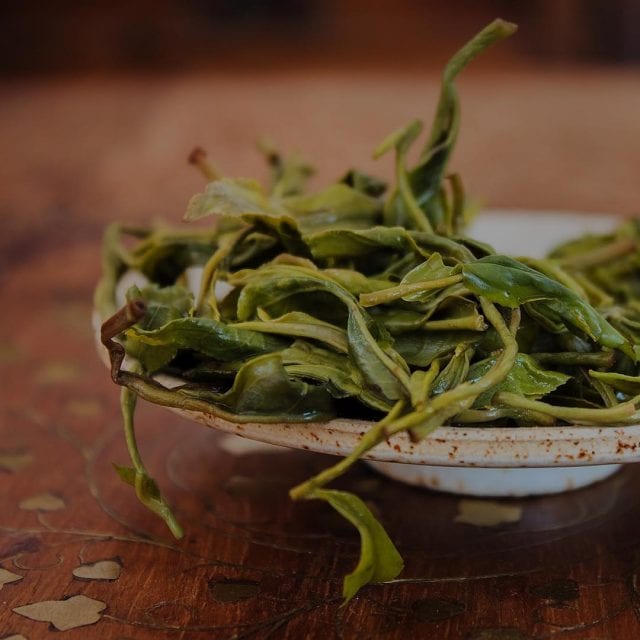
White tea
White tea is usually described as unoxidized, but this is not accurate because exposure to air always leads to some oxidation. It is mainly made from the buds of tea trees, which are still covered with white hairs. This is the name of this tea.
It tastes the lightest of all types of tea and is usually described as the most complex and subtle. It can be fruity and floral.
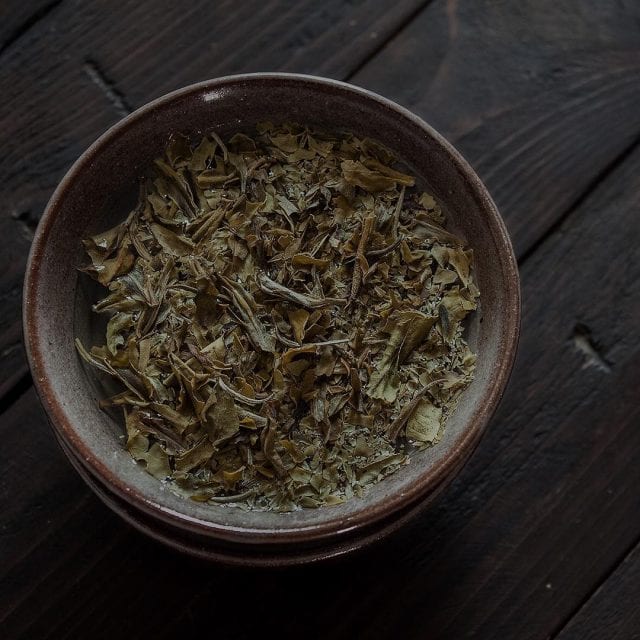
Pu'er tea
Oxidation is sometimes called fermentation, but this is not accurate. There is only one kind of fermented tea, the most famous of which is Pu'er tea in China.
These teas are oxidized and fixed before fermentation. It also means that you can ripen the leaves, just like wine.
Remember, this is different from kombucha, which is fermented after the tea has been brewed.
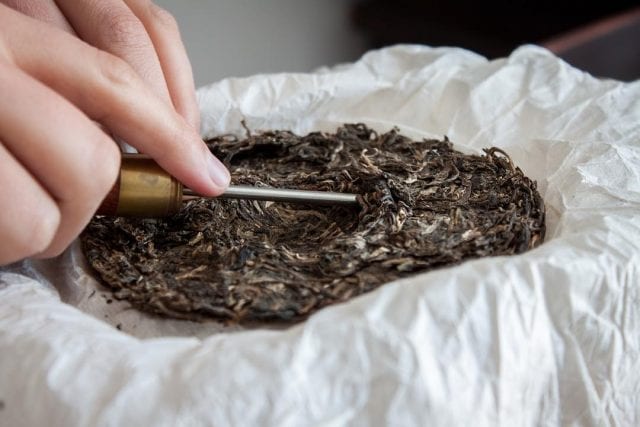
Important Notice :
前街咖啡 FrontStreet Coffee has moved to new addredd:
FrontStreet Coffee Address: 315,Donghua East Road,GuangZhou
Tel:020 38364473
- Prev
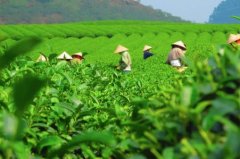
The difference between rations Tea and High-end Tea Cup testing process method and course of High-quality Special Black Tea
Drinking selected tea is an adventure in taste, origin, aroma and so on. The best way to understand the complexity of high-quality tea is to pass a cup test. Whether you are a coffee shop owner who wants to improve the menu or a tea lover who wants to know more about your favorite drink, learning how to test a cup is a valuable experience. In order to learn more about the basics of making tea
- Next
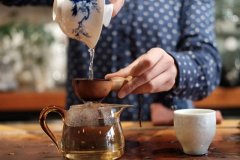
How to correctly brew six kinds of tea with boiling water methods and essentials are there flocs that can be drunk normally
Only if your water is good, the tea will be good. Maybe you are a consumer who wants to enjoy the subtle taste of Japanese matcha or Yunnan Pu'er tea. Or you are a coffee shop owner who wants to increase profits (tea is usually the most profitable of all menu items). No matter who you are, if you want your tea to have the best taste, aroma and clarity, you need to pay attention to the purity, hardness and temperature of the water.
Related
- Beginners will see the "Coffee pull flower" guide!
- What is the difference between ice blog purified milk and ordinary milk coffee?
- Why is the Philippines the largest producer of crops in Liberia?
- For coffee extraction, should the fine powder be retained?
- How does extracted espresso fill pressed powder? How much strength does it take to press the powder?
- How to make jasmine cold extract coffee? Is the jasmine + latte good?
- Will this little toy really make the coffee taste better? How does Lily Drip affect coffee extraction?
- Will the action of slapping the filter cup also affect coffee extraction?
- What's the difference between powder-to-water ratio and powder-to-liquid ratio?
- What is the Ethiopian local species? What does it have to do with Heirloom native species?

